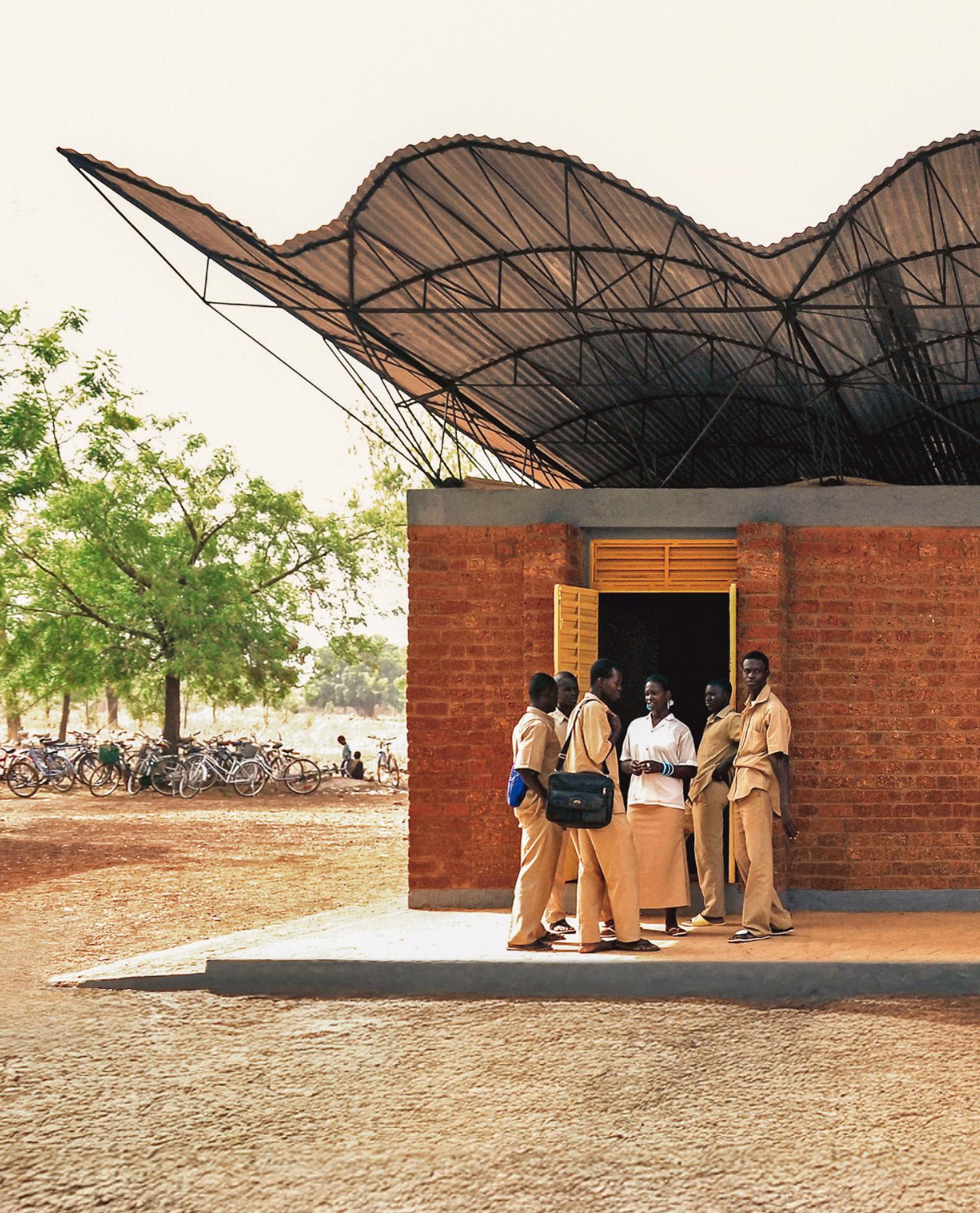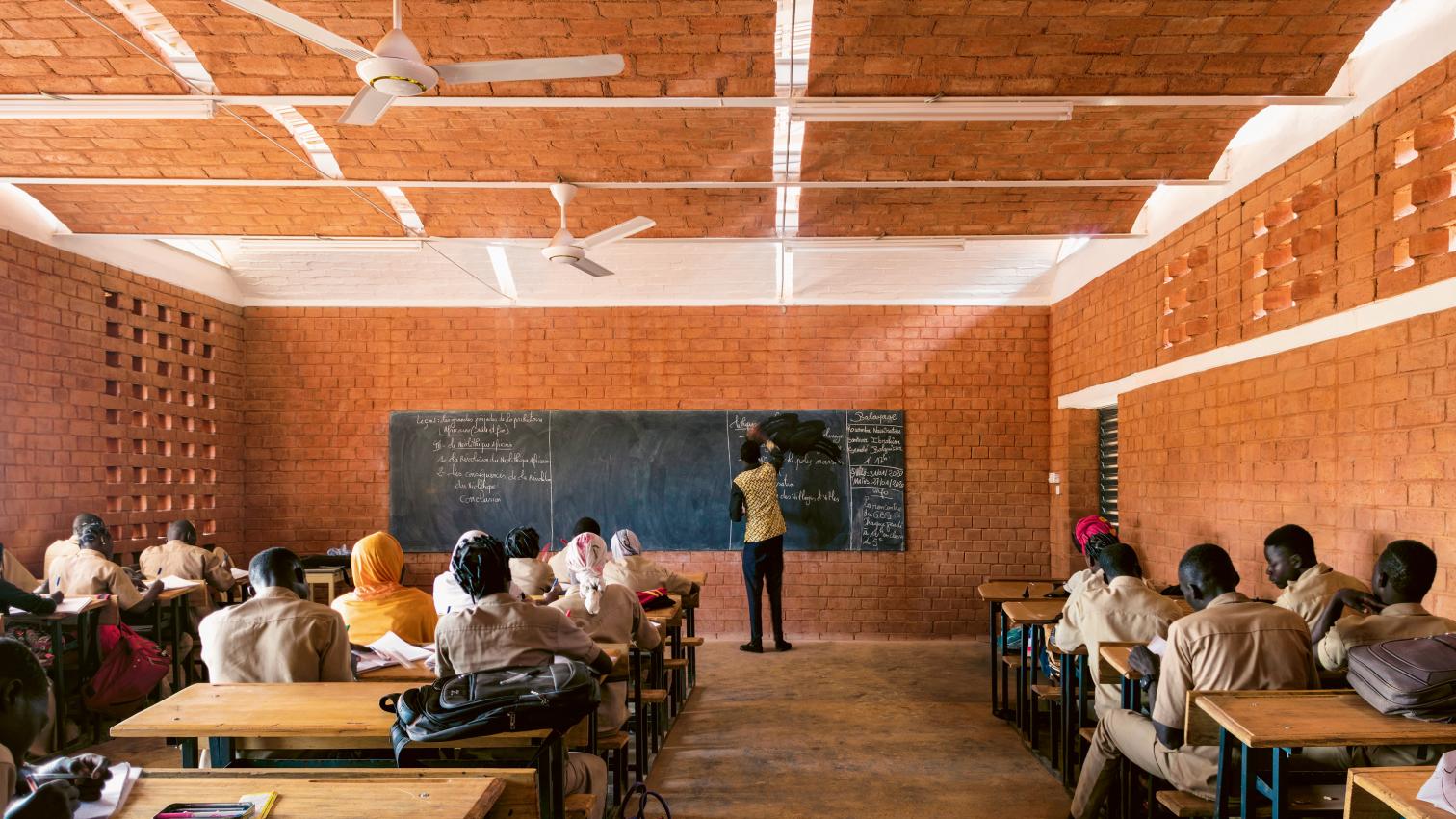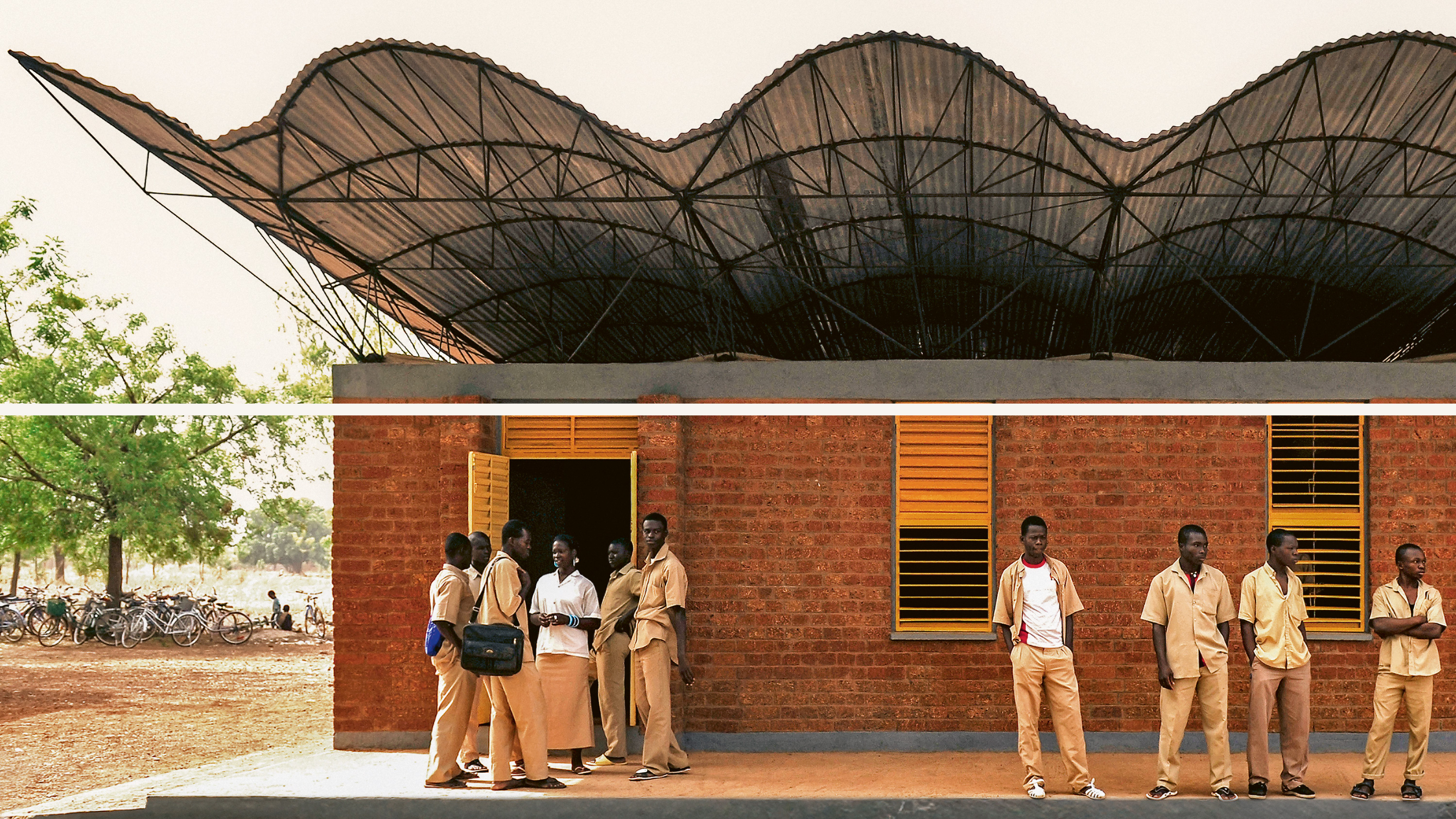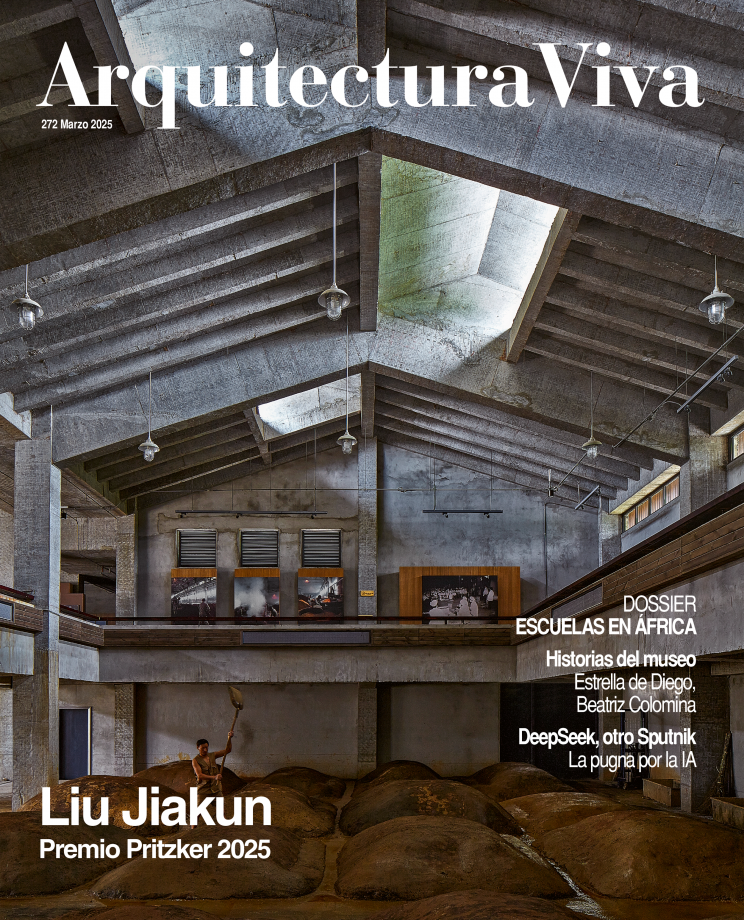Global Learning
Three Schools in Africa

Francis Kéré, Secondary School, Dano (Burkina Faso)
Although the version currently in circulation is the one the General Assembly of the United Nations adopted in 1959, the Declaration of the Rights of the Child drew from a text approved by the League of Nations in Geneva almost four decades before, drafted by the English activist Eglantyne Jebb, the founder of Save the Children. Article 1 was clear: “The child must be given the means requisite for its normal development, both materially and spiritually,” and it took education as the fundamental means through which to ensure the welfare not only of the individual, but of society at large. Because “educating is believing in human perfectability,” as the Spanish philosopher Fernando Savater put it.
Today this universal ideal cannot be invoked with more impetus than in Africa, an enormous crucible of lands and populations that is undergoing a profound educational crisis; especially in the Sub-Saharan region, which UNESCO says is home to a third of the world’s out-of-school children, and where records show alarming absenteeism and dropout rates. On the continent, the school – which besides a learning center is a protective refuge that makes the littlest ones less vulnerable to difficult situations in their midst – faces colossal challenges in its pursuit of a durable and emancipating education for children: from systemic imbalances like inadequate funds and outdated curriculums to the deficiencies caused by scarcity of teachers, didactic material, and facilities.
As an art of the possible, architecture must contribute to ensuring that any quantitative improvement in educational centers is also qualitative. Despite the lack of resources, many professionals in these places – whether entirely dedicated to the task or participating as volunteers as a sideline from other occupations – do their best to create solid, safe environments well adapted to local building traditions, in a context increasingly affected by the climate crisis. The absence of mechanical equipment for battling extreme heat is here not just a matter of good environmental intentions, but an imperative of economy and self-sufficiency, one with the potential to make these works become part of a rich catalog of passive solutions.
In the following pages Arquitectura Viva presents three educational projects, each located in a different African country, that have focused on bringing innovative pedagogical approaches to developing communities through collective-design endeavors: the Waldorf School in Nairobi (Kenya) by Urko Sánchez, a Madrid architect who has had over twenty years of experience on the continent; the Collège Amadou Hampaté Bâ in Niamey (Niger) by Article 25, the leading humanitarian architecture NGO in the United Kingdom; and the Simba Vision School in Ngabobo (Tanzania) by Architectural Pioneering Consultants, an association based in Dar es Salaam, in collaboration with the Swiss architect Wolfgang Rossbauer.

Albert Faus, Escuela de secundaria, Youlou (Burkina Faso)






